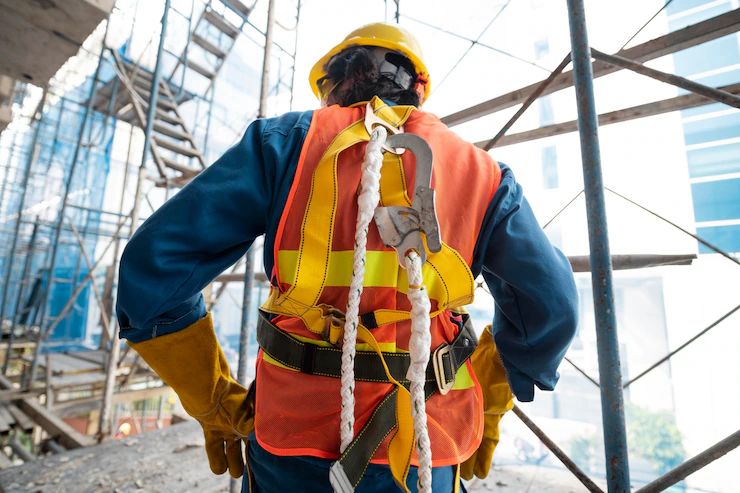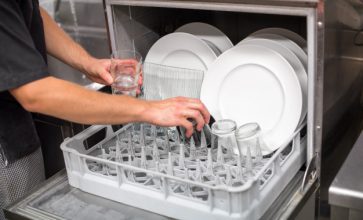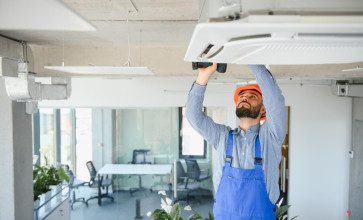Rope Access: Why It’s A Cost-Effective Solution For High-Rise Maintenance
In the bustling urban landscapes of Australia, where skyscrapers and high-rise buildings define the skyline, maintaining these architectural marvels is an ongoing challenge.
High-rise maintenance encompasses various tasks, from window cleaning to structural repairs, and finding a cost-effective yet efficient solution is paramount. Enter rope access, is a versatile and practical method that has gained popularity for its ability to tackle high-rise maintenance effectively.
So, this article will explore why rope access is the go-to choice for building maintenance and how an IRATA certification course can open doors to this dynamic industry.
The High-Rise Maintenance Dilemma: Aerial Work Platforms vs. Rope Access
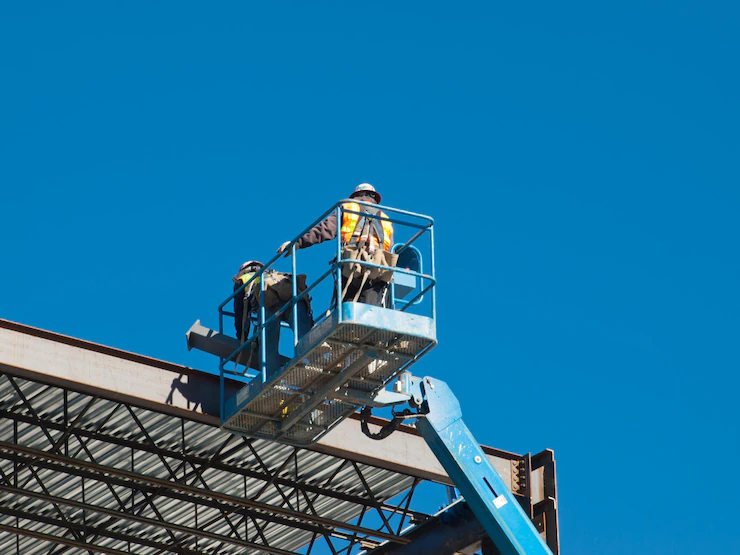
Traditionally, high-rise maintenance often relied on cumbersome and expensive solutions, such as aerial work platforms (AWPs) or scaffolding. These methods presented several challenges, including:
- Costs: AWP rentals and scaffolding construction come with hefty price tags, significantly impacting maintenance budgets.
- Limited Access: Scaffolding can obstruct pedestrian pathways and road traffic, causing inconveniences and delays.
- Time-Consuming: Erecting and dismantling scaffolding is time-consuming, prolonging maintenance tasks.
The Rope Access Advantage: Efficient, Economical, and Eco-Friendly
Rope access, on the other hand, offers a plethora of benefits that make it a standout choice for high-rise maintenance:
- Cost-Effective: Rope access requires minimal equipment, reducing costs significantly compared to AWP or scaffolding solutions. These savings can be reinvested into other critical maintenance areas.
- Unobtrusive: Rope access technicians can reach high-rise structures with minimal disruption to the building’s occupants and the surrounding environment. This minimizes inconveniences and maintains a pleasant atmosphere.
- Efficiency: Rope access allows for swift access to various parts of the building, enabling maintenance tasks to be completed quickly and efficiently.
- Versatility: Rope access technicians are adept at a wide range of tasks, from window cleaning and painting to structural inspections and repairs. This versatility makes rope access a one-stop solution for high-rise maintenance needs.
- Safety First: Safety is paramount in rope access. Technicians undergo rigorous training and certification processes, ensuring they are well-prepared to handle high-risk tasks safely.
Related: Important Reasons To Hire Commercial Cleaning Services
The Role of IRATA Certification: Elevating Safety and Standards
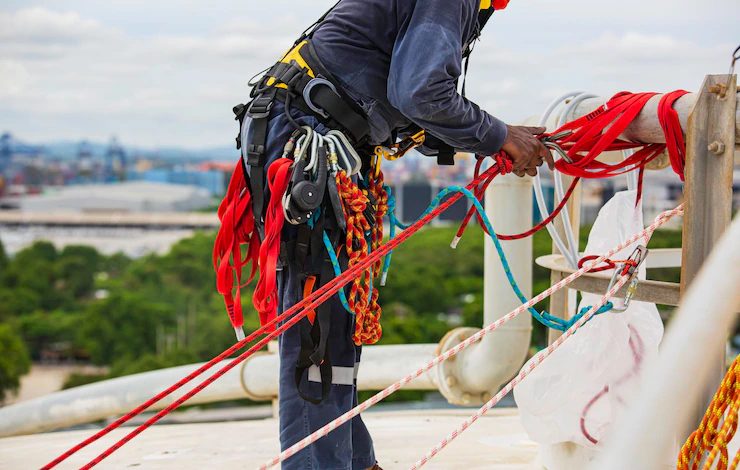
The International Rope Access Trade Association (IRATA) sets the industry standard for rope access safety and competence. An IRATA certification course equips technicians with the skills and knowledge necessary to perform high-rise maintenance tasks with precision and safety.
Key aspects of IRATA certification include:
- Comprehensive Training: IRATA courses cover a wide range of topics, including rope access techniques, equipment usage, emergency procedures, and rescue operations. This thorough training ensures technicians are well-prepared for the demands of high-rise maintenance.
- Safety Protocols: IRATA emphasizes safety protocols, making it a cornerstone of their training. Technicians are trained to identify and mitigate risks, ensuring a secure working environment.
- Stringent Assessments: To obtain IRATA certification, technicians must pass rigorous assessments, including both written exams and practical evaluations. This ensures that certified professionals meet the highest industry standards.
The Green Choice: Environmental Benefits of Rope Access
Beyond its economic and safety advantages, rope access aligns with environmental sustainability. With minimal equipment requirements and reduced carbon emissions compared to traditional maintenance methods, rope access contributes to a greener future for high-rise maintenance.
In conclusion, rope access has emerged as a cost-effective, efficient, and eco-friendly solution for high-rise maintenance in Australia’s urban landscapes. The adoption of rope access not only reduces costs but also minimizes disruptions and contributes to a more sustainable future.
To embark on a career in this dynamic industry or elevate your existing skills, consider an IRATA certification course. It’s a transformative step towards becoming a proficient rope access technician, opening doors to a world of high-rise maintenance opportunities where safety and efficiency reign supreme.
Read Also:








